Mastering the art of skateboarding tricks requires a combination of skill, practice, and the right equipment. For beginners looking to take their skills to the next level, having the best skateboard setup can make all the difference between landing a trick and falling short. With so many options available, choosing the right skateboard can be overwhelming, especially when considering factors like deck size, truck style, wheel size, and bearing quality. In this comprehensive guide, we’ll explore the essential components of a winning skateboard setup, providing valuable insights into what makes a great skateboard for tricks and how to customize your own setup for maximum performance.
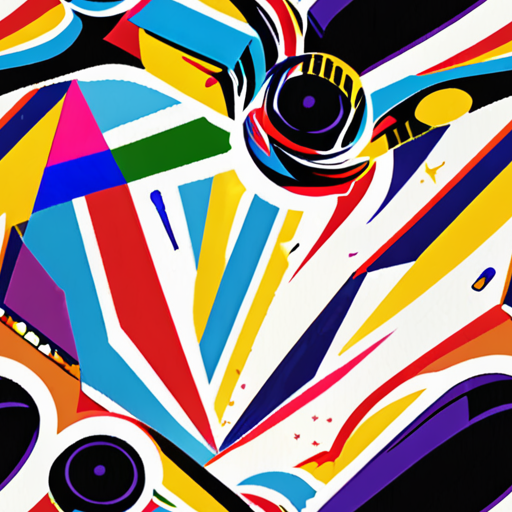
The Best Skateboard Build for Tricks
To pull off impressive tricks, you need a skateboard that can keep up with your skills.
- A standard street skateboard with harder wheels is ideal for learning tricks.
- Kickflip Boards recommends a deck width between 7.75 and 8.25 inches for optimal maneuverability.
- A truck size of 139mm or larger provides stability and control during tricks.
- Select wheels with a hardness rating of 95A or higher for better grip and durability.
When choosing the best skateboard build for tricks, consider the following factors:
- Deck Width: A narrower deck allows for tighter turns and easier pop, making it perfect for street skating.
- Truck Size: Larger trucks offer increased stability and control, essential for advanced tricks.
- Wheel Hardness: Softer wheels provide better grip, but may wear down quickly. Harder wheels last longer but may lose traction.
- Bearing Quality: High-quality bearings reduce friction and allow for smoother rides.
Some popular skateboard brands for tricks include:
- Baker Skateboards
- Real Skateboards
- Thrasher Magazine
Remember, the best skateboard build for tricks is one that suits your personal style and skill level.
Key Features to Consider
- Deck Material: Choose from traditional 7-ply wood or advanced materials like bamboo or carbon fiber.
- Truck Type: Select from standard kingpin trucks or innovative designs like reverse kingpin trucks.
- Wheel Size: Opt for smaller wheels for tighter turns or larger wheels for speed and stability.
- Bearing Spacing: Ensure proper bearing spacing for smooth rotation and reduced friction.
Tips for Improving Your Skills
- Practice Regularly: Consistency is key to mastering tricks and improving your skills.
- Focus on Fundamentals: Master basic skills like balancing, pushing, and turning before attempting complex tricks.
- Watch and Learn: Study videos of professional skaters and analyze their techniques to improve your own skills.
- Stay Safe: Wear protective gear, including a helmet, knee pads, and elbow pads, to prevent injuries.
Best Type of Board for Tricks
When it comes to performing tricks, having the right board is crucial.
- Freestyle Longboards
- Kickflip Boards
- Penny Boards
- Baker Boards
Designed specifically for tricks, freestyle longboards offer a symmetrical shape that enables riders to perform various stunts like shuvits and kickflips.
These boards are ideal for experienced riders who want to take their skills to the next level.
Some popular freestyle longboard brands include Penny Boards and Baker Boards .
Kickflip Boards offers a range of high-quality boards designed for tricks and cruising.
Their boards feature a unique blend of style and functionality, making them perfect for riders of all skill levels.
With Kickflip Boards, you can expect exceptional performance, durability, and style.
Penny Boards are known for their compact size and lightweight design, making them easy to maneuver and transport.
While they may not be as versatile as other boards, Penny Boards are perfect for beginners or those looking for a fun, casual ride.
They’re also great for commuting short distances or navigating through crowded streets.
Baker Boards offers a variety of boards designed for tricks and cruising.
Their boards feature a unique blend of style and functionality, making them perfect for riders of all skill levels.
With Baker Boards, you can expect exceptional performance, durability, and style.
Ultimately, the best type of board for tricks depends on personal preference and skill level.
Whether you’re a seasoned pro or just starting out, there’s a board out there that suits your needs.
So why wait?
Get out there and start shredding!
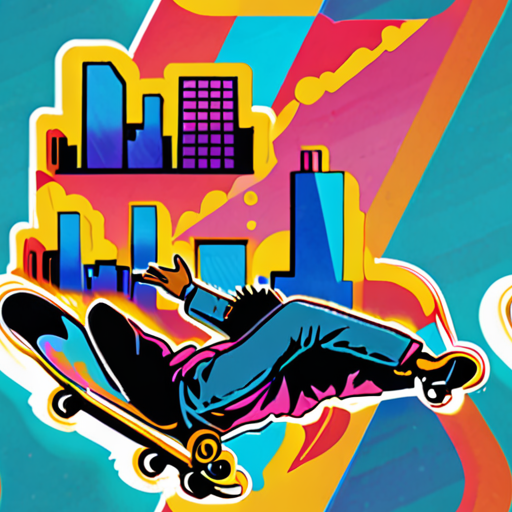
Choosing the Right Skateboard for Tricks
The type of skateboard you need for tricks depends on several factors, including your skill level, personal preference, and the style of skating you want to perform.
- Shortboard
- Main Features:
- Longboard
- Main Features:
- Cruiser Board
- Main Features:
A shortboard is a versatile skateboard suitable for various skating styles, including tricks. Its compact size makes it easy to maneuver and perfect for performing flips and other aerial stunts.
Width: 7.5-8 inches
Length: 28-32 inches
Wheelbase: 13-15 inches
A longboard is ideal for cruising and carving, but it can also be used for tricks, especially for those who prefer a more stable ride. However, its larger size may make it less agile compared to a shortboard.
Width: 9-10 inches
Length: 33-45 inches
Wheelbase: 22-25 inches
A cruiser board is designed for casual riding and commuting, but it can also be used for tricks, especially for beginners. Its wider width provides stability, making it easier to balance and perform basic tricks.
Width: 9-10 inches
Length: 30-35 inches
Wheelbase: 18-20 inches
When choosing a skateboard for tricks, consider factors such as wheel hardness, truck tightness, and deck shape. A softer wheel provides better grip and is ideal for tricks, while a tighter truck allows for more precise turns.
Ultimately, the best skateboard for tricks is one that suits your individual needs and preferences. Experiment with different types of skateboards and find what works best for you.
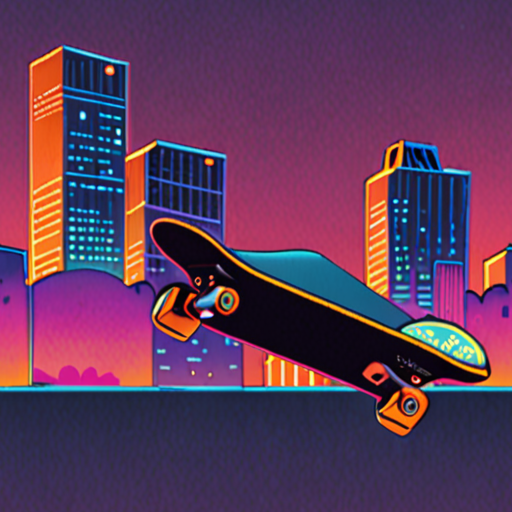
Choosing the Right Skateboard Size for Tricks
When it comes to performing tricks on a skateboard, having the right board size can make all the difference.
- A good starting point for traditional skateboards is a deck size ranging from 7.75 to 8.25 inches.
- This size range provides a balance between stability and maneuverability, making it ideal for tricks.
- However, deck size is ultimately a matter of personal preference, and what works for one rider may not work for another.
At Kickflip Boards, we recommend considering factors such as your height, weight, and riding style when choosing a skateboard size.
- Height: Generally, taller riders prefer larger decks, while shorter riders prefer smaller decks.
- Weight: Heavier riders may prefer larger decks for added stability, while lighter riders may prefer smaller decks for increased agility.
- Riding Style: Riders who perform technical tricks may prefer smaller decks for better control, while riders who focus on speed may prefer larger decks for added stability.
We also recommend checking out our guide to skateboard maintenance tips to keep your board in top condition.
Additionally, consider visiting our skateboarding community to connect with other riders and learn from their experiences.
Remember, the right skateboard size is just one aspect of becoming a skilled rider – practice, patience, and dedication are essential for mastering tricks and achieving your goals.
Tony Hawk’s Board Size
I’ve been wondering what size board Tony Hawk rides, and I think it’s worth exploring.
- The average skateboarder’s foot size plays a significant role in determining the ideal board width.
- As a general rule, riders with larger feet tend to prefer wider boards.
- Kickflip Boards offers a variety of skateboard styles, including wider options suitable for larger feet.
According to various sources, Tony Hawk typically rides a narrower board due to his smaller foot size compared to mine.
- However, it’s essential to note that personal preference and skating style also influence board choice.
- Riders who prioritize maneuverability might opt for narrower boards, whereas those focusing on stability may prefer wider ones.
- Kickflip Boards provides valuable insights into skateboard types, maintenance tips, and skateboarding culture, helping skaters make informed decisions about their equipment.
When selecting a board, consider factors like foot size, skating style, and personal preferences to find the perfect fit.
For instance, if you have larger feet, you may want to explore wider board options available at Kickflip Boards.
Remember, there’s no one-size-fits-all solution when it comes to skateboard sizes, and experimenting with different widths can help you find your ideal match.
By considering these factors and exploring various board options, you can enhance your skateboarding experience and stay connected with the vibrant skate culture community.
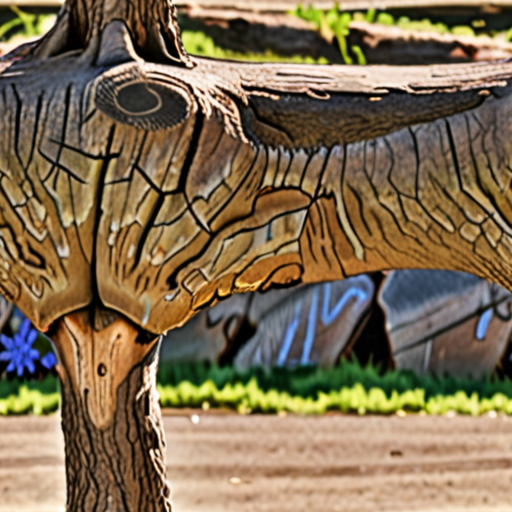
Is it Harder to Do Tricks on a Bigger Board?
When it comes to skateboarding, many beginners wonder whether it’s easier to perform tricks on a smaller or larger board.
- A wider board can be beneficial for balancing and learning basic skills, but it may present challenges for advanced tricks like kickflips.
- The size of the board affects its maneuverability and stability, which are crucial factors in executing complex tricks.
Key Considerations for Choosing the Right Board Size
Several factors influence the difficulty of performing tricks on a bigger board:
- Width and Length:** A wider board provides greater stability, making it ideal for cruising and balancing. However, its increased length can make it more challenging to maneuver and perform tricks.
- Wheelbase:** The distance between the trucks affects the board’s turning radius and overall agility. A longer wheelbase can make the board more stable but less responsive to movements.
- Weight Distribution:** The weight distribution of the rider plays a significant role in determining the board’s responsiveness and stability. Heavier riders may find it more difficult to perform tricks on a bigger board due to the increased weight and momentum.
Tips for Mastering Tricks on a Larger Board
To overcome the challenges associated with a bigger board, consider the following tips:
- Practice Regularly:** Consistent practice helps develop muscle memory and improves your ability to adapt to the board’s unique characteristics.
- Familiarize Yourself with the Board’s Dynamics:** Understand how the board responds to different movements and adjust your technique accordingly.
- Start with Simpler Tricks:** Begin with fundamental skills like balancing, pushing, and turning before progressing to more complex tricks.
Conclusion
In conclusion, while a bigger board can present challenges for performing tricks, it ultimately depends on individual preferences and skill levels. By considering the key factors influencing board size and mastering the necessary skills, riders can successfully navigate the difficulties associated with a larger board and take their skateboarding abilities to the next level.
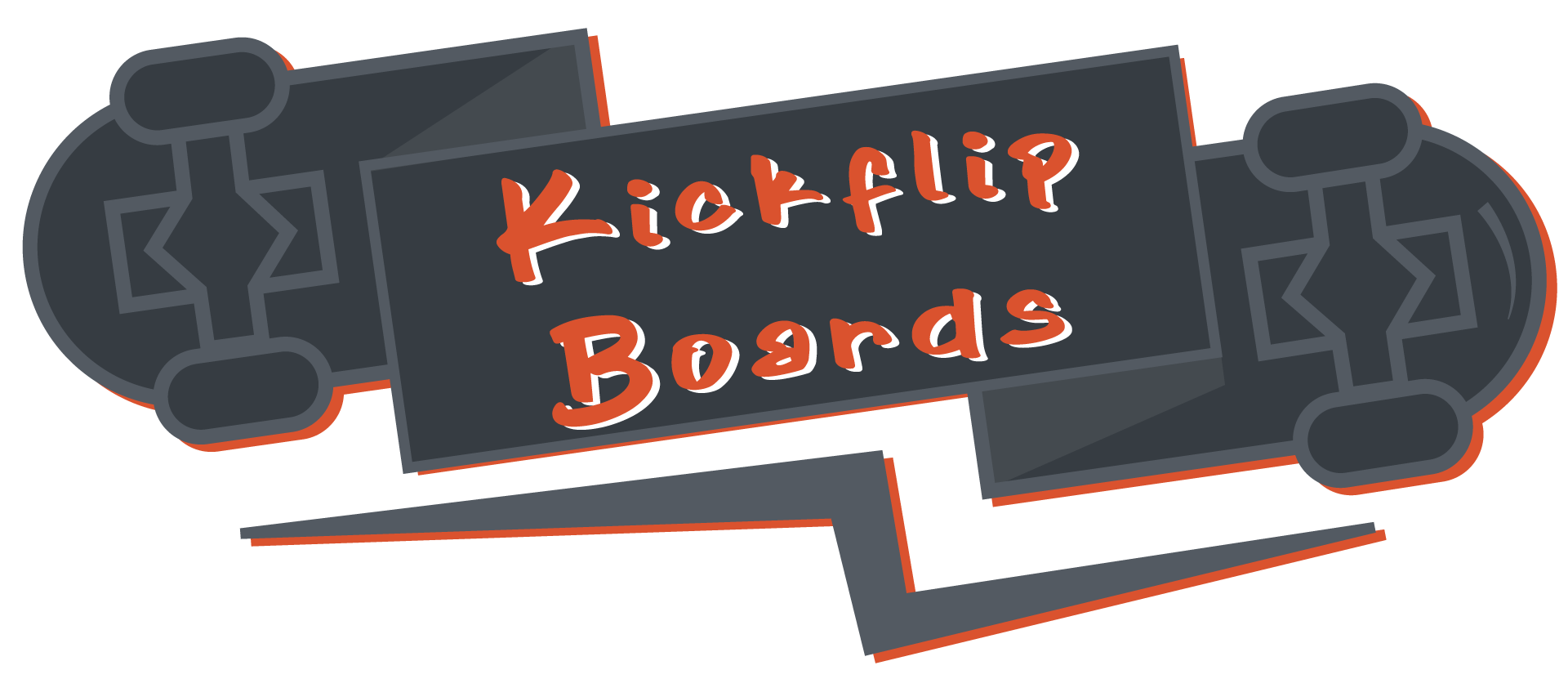
0 Comments